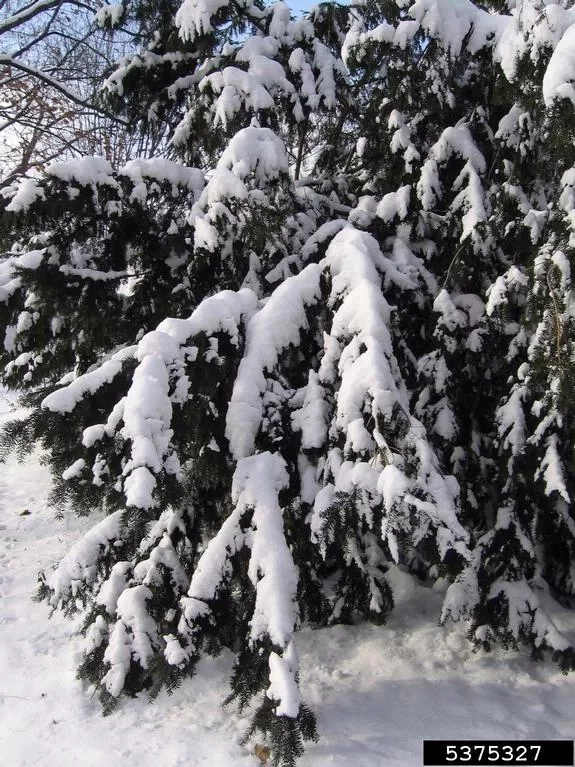Did you know winter can be one of the best times to prune most trees?
When the tree enters dormancy, the overall structure can easily be seen without leaves. Broken branches and weak or poor branch attachments become more visible. Winter tree pruning allows the cuts to me made in the winter giving the tree more time to heal before pushing new growth in the spring, being overall less stressful to your trees.
What is winter tree dormancy?
In the fall as hours of light shorten, chemical changes within the tree signal it’s time for the buds to close tight and for growth and development to stop for the season. The tree is slowing down its energy consumption/metabolism to endure the winter months when water and sunlight are limited. When trees are dormant can it be a great time for winter tree pruning or have an overall assessment/tree management plan developed.
Mother nature has been rough with us in regard to heavy winds this year. Having a tree assessment performed can assist in reducing pricey storm damage. Proper steps can be taken to help prepare your trees to withstand strong winds. Its always best to be proactive to better help protect your trees, property and self from excessive damage. With recent heavy winds you may have noticed broken branches in your trees. Heavy snow and ice can cause more problems to already weak areas creating a hazardous tree.
After a strong wind, observe your trees for the following:
-
- cracked, broken or hung up limbs in the trees canopy
- fallen trees on their side (branches and trunks under pressure)
- branches or fallen trees touching power or service lines
- lifted root plate
- damaged structural roots may affect the trees ability to anchor and stand
- trunk damage or cracks weaken structural stability
- signs of decay (mushrooms, spongy soft wood)
Why hire a certified arborist?
Tree care is an investment. Properly pruned or even removed trees can add great value to your property. A dangerous hazard tree is a liability. Tree work can be very dangerous and should only be performed by trained and experienced arborists with proper equipment. A certified arborist must have successfully passed a national certification exam then undertake continuing education to maintain current industry standards and techniques. Hiring a certified arborist ensures that the client will receive the optimum care for their trees or shrubs.
Contact Arbor Plant Health Care today to speak with a certified arborist.
When is it time to remove a tree?
Tree removal should be looked at as a last resort, when pruning or disease mitigation would be insufficient. Dead, dying or diseased trees can become hazard trees leading to thousands in property damage or personal injury. A bird’s eye view is needed as often a tree may not look damaged from the ground. A certified arborist can tell if a tree is struggling by studying its branches, trunk for compromises like cracks or hollow spots, root defects (lifted soil or fungi), sudden tree lean, proximity to house/foundation/power lines, thinning canopy, small, discoloured leaves or emergence holes from pests. These are just a few of the signs an arborist takes into consideration when viewing your tree.
https://arbornovascotia.aweb.page/p/245fbc09-4dac-4163-8371-0d534f7b06fd
For additional resources on winter tree pruning, visit the following sites:
https://extension.umn.edu/yard-and-garden-news/winter-good-time-prune-trees-and-shrubs
https://www.almanac.com/winter-pruning-guide-trees-and-shrubs

